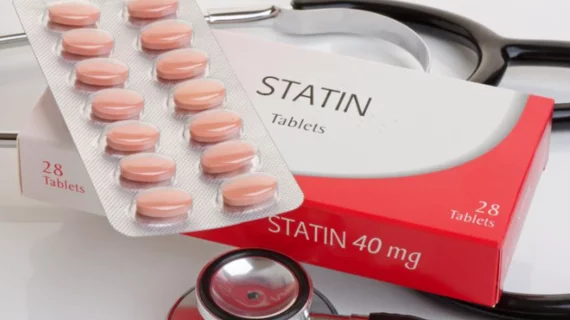A two-year collaboration between the North Carolina chapter of the American College of Cardiology (NCACC) and North Carolina Association of Free and Charitable Clinics (NCAFCC) was successful in providing thousands of underserved heart patients with free lipid-lowering therapy and clopidogrel.
The pilot study, published in the Journal of the American College of Cardiology, launched in 2016 and involved seven free clinics in North Carolina. Lead investigator Rick Stouffer, MD, of the University of North Carolina, and colleagues reported that during year one alone, the seven clinics provided 1,296 patients with statin prescriptions and dispensed a total of 178,384 tablets.
“Most of the patients who attend free clinics rarely—if ever—see a cardiologist,” Stouffer said in a release. “They usually only come to our attention when they get acutely ill and seek care in an emergency department.”
But by year two of the project, Stouffer’s colleagues had provided 1,550 patients with statin medications and dispensed a total of 279,474 tablets. The researchers noted a 24% increase in statin use in the first year of the collaboration and a 45% increase in year two, resulting in 61% and 83% more tablets being dispensed each year, respectively.
The authors also said they saw a 349% increase in the use of high-intensity statins during the first year of the project and a 38% increase during the second year. That translated to lower lipid levels all around; in a random sample of 815 study participants whose lipid levels were measured before and after the program, total cholesterol decreased from an average of 208 mg/dL to 175 mg/dL. LDL levels also fell, from 120 mg/dL to 96 mg/dL by the time the study wrapped.
During the first year of the project, the seven North Carolina clinics also provided 70 patients with a total of 9,854 clopidogrel tablets, and during the second year those numbers jumped to 81 patients and 13,205 tablets.
Stouffer said his team’s work can serve as a blueprint for future public health programs.
“Through this pilot, we were able to increase the number of patients treated with statin medications, the number of statin medication tablets dispensed, and the use of high-intensity statins, resulting in significant decreases in total cholesterol and LDL levels,” he said. “This shows the feasibility of a partnership between a medical specialty society and an association of free and charitable clinics, demonstrating the impact that a public health partnership can have on treating cardiovascular disease.”

